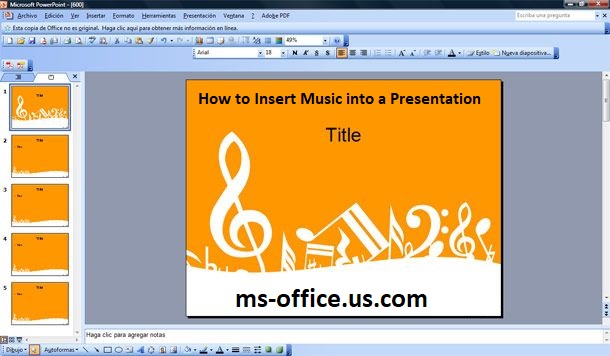How to View and Manage Event Logs in Event Viewer for Windows XP?
An event is an important occurrence within the system or program that requires users' attention. It serves as a notification alarm. The Event Log Service tracks application, security, system, and other events in Event Viewer. Event Viewer has event logs that allow you to access information about software, hardware, and system components. Security events can also be monitored remotely or locally. office.com/setup

How to view Event Logs
To view event logs, there are a few steps you need to follow. First, click on Start and then click Control Panel. Next, click Performance and Maintenance. Click Administrative Tools and then double-click Computer Management. Or, you can open the MMC that contains the Event Viewer snap in. Click Event Viewer in the console tree. In the Event Viewer window, you will see Application, Security, System logs.
View Event Details
To view details of events, click Start and then click Control Panel. Click Performance and Maintenance. Next, click Administrative Tools. Finally, double-click Computer Management. Or, you can open the MMC that contains the Event Viewer snap in. The next step is to expand Event Viewer in the console tree, and then click on the log that contains the event you wish to view. Double-click the event you want to view in the details pane. The Event Properties dialog box will appear. It contains information about the event, as well as a description. Click the Copy button to copy details and description. This opens a new program that allows you to paste the event. Then, click Paste in the Edit menu.
How to interpret details of an Event
Each Event Header contains the following information about the event: The Date the event took place. It also contains the time when the event took place.
It also contains the username of the user who was logged in at the time the event occurred. It also contains the name and computer where the event took place. It also contains the Event ID which is a unique number that identifies the event type. This is used to understand what happened in the system. The Event Header contains information about the origin of the event, such as the name and description of a program or a component of the system. It also contains information about the event type. It usually contains five types: Warning, Errors, Information, Success Audit, and Failure Audit. It also includes the event source's categorization. This information is used mainly for security log.
How to Locate Events in a Log
Event logs default view is to list all entries it finds. You have two options to locate an event or a subset of them. Or you can search the log and apply a filter.
Searching for a particular log event
To search for a specific log event, follow these steps: Click Start first. Next, click Control Panel. Next, please click Performance and Maintenance. Finally, click Administrative Tools. Double-click Computer Management. You can also open the MMC which contains the Event Viewer snap in.
Next, expand Event Viewer in the console tree. Click the log containing the event you wish to view. Next, click Find from the View menu. Next, you will need to specify the options that you want to view the event in the Find dialog box. Then click on Find Next. The details pane will highlight the event matching your search criteria. Click Next to locate the next event according to your search criteria.
How to Manage Log Contents
The default maximum size for a log is 512KB. Once this limit is reached, new events will overwrite older and previous events when necessary. These settings can then be modified or deleted according to your needs. www.office.com/myaccount


